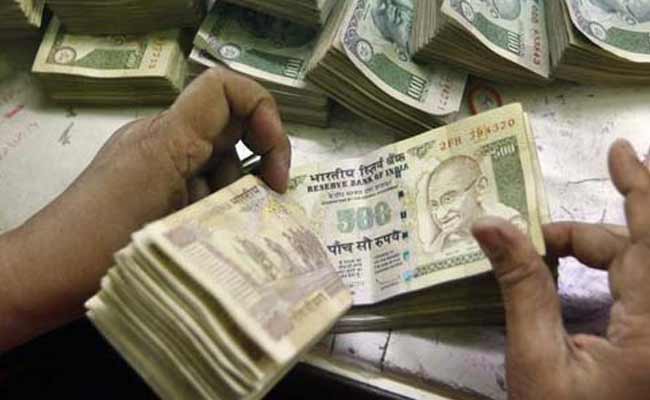Infosys shares gained nearly 2 per cent on Friday after India's second
biggest outsourcer announced three new service offerings. Infosys shares
also gained from weakening of the rupee which fell to 65.90/dollar.
India's frontline outsourcers earn a major portion of their revenues
from the US market so a stronger dollar boosts their rupee profits.
Infosys on Thursday announced new services - Aikido - that will focus on design thinking, platforms and knowledge-based IT as part of its efforts to return to industry-leading growth numbers.
These services are aimed at helping clients address three key aspects of their business: a non-disruptive renewal and simplification of their existing landscapes, introduction of new offerings and business models in a dynamic business environment and creation of a culture of innovation in their organisations.
Announcing new services at the Infosys, CEO and MD Vishal Sikka said, "Three steps forward Ki, Do and Ai; each of these by themselves help enterprises along a great new path, each of these helps bring together and tie together a lot of Infosys services we offer to clients today and together the three of these become even more powerful than the three individually by themselves."
Infosys is aiming to achieve revenues of $20 billion by 2020, targeting $2 billion from new service offerings.
Avinnash Gorakssakar, CIO & Head of Research at Precision Investment Services, said such new service offering and other new initiatives will help the outsourcer in the long run. He added that investors with a 12-month perspective can buy the stock at current levels.
On Thursday, Infosys shares fell over 3 per cent. Mr Gorakssakar attributed Thursday's fall to rumours about a possible big acquisition by Infosys.
Infosys on Thursday announced new services - Aikido - that will focus on design thinking, platforms and knowledge-based IT as part of its efforts to return to industry-leading growth numbers.
These services are aimed at helping clients address three key aspects of their business: a non-disruptive renewal and simplification of their existing landscapes, introduction of new offerings and business models in a dynamic business environment and creation of a culture of innovation in their organisations.
Announcing new services at the Infosys, CEO and MD Vishal Sikka said, "Three steps forward Ki, Do and Ai; each of these by themselves help enterprises along a great new path, each of these helps bring together and tie together a lot of Infosys services we offer to clients today and together the three of these become even more powerful than the three individually by themselves."
Infosys is aiming to achieve revenues of $20 billion by 2020, targeting $2 billion from new service offerings.
Avinnash Gorakssakar, CIO & Head of Research at Precision Investment Services, said such new service offering and other new initiatives will help the outsourcer in the long run. He added that investors with a 12-month perspective can buy the stock at current levels.
On Thursday, Infosys shares fell over 3 per cent. Mr Gorakssakar attributed Thursday's fall to rumours about a possible big acquisition by Infosys.






